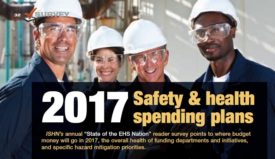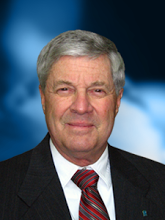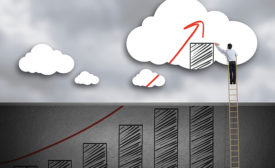Home » safety goals
Articles Tagged with ''safety goals''
Reaching high-reliability goals
How to achieve pragmatic, actionable safety practices
September 4, 2019
Safety excellence requires a deep dive into goal-setting
You need more than lip service
March 26, 2019
5 essentials for advancing your safety program & achieving success
What you should want from your leaders
October 3, 2018
Become a Leader in Safety Culture
Build your knowledge with ISHN, covering key safety, health and industrial hygiene news, products, and trends.
JOIN TODAYCopyright ©2025. All Rights Reserved BNP Media.
Design, CMS, Hosting & Web Development :: ePublishing












